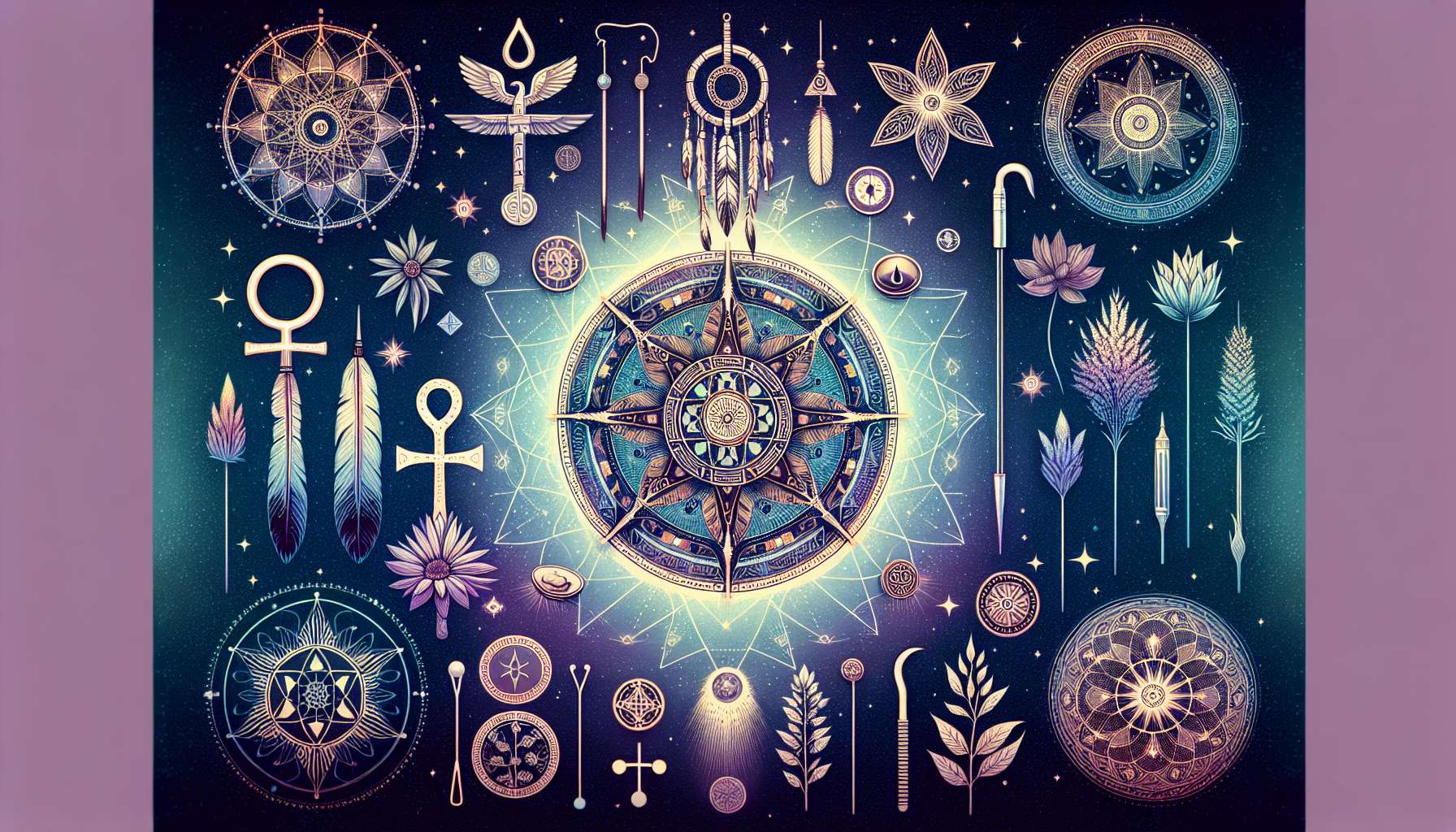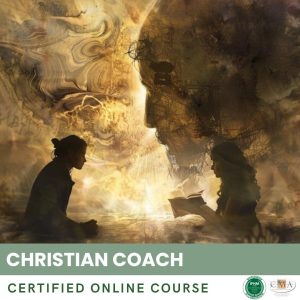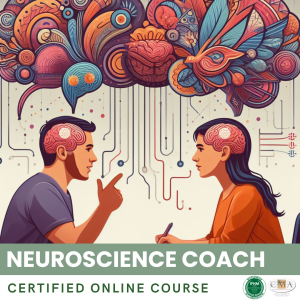Spiritual healing practices have their roots in ancestral traditions around the world. Since time immemorial, humans have sought to understand and heal the ills that afflict them, both on a physical, emotional, and spiritual level.
The first traces of these practices date back to prehistoric times, with shamanic rituals. Shamans, considered as intermediaries between the visible and invisible world, used trance, medicinal plants, and incantations to restore balance and harmony within their community. They saw disease as the result of a loss of connection with the forces of nature and spirits.
In ancient Egypt, healing priests practiced a form of holistic medicine that combined the use of plants, minerals, incantations and rituals. They placed great importance on lifestyle and disease prevention. Temples were healing places where the sick came to seek both physical and spiritual relief.
In Ancient Greece, Hippocrates, considered the father of Western medicine, saw disease as an imbalance of the body’s humors. But he also recognized the influence of environmental and emotional factors on health. His famous oath testifies to an ethical and compassionate approach to healing.
In the Indian Ayurvedic tradition, over 5000 years old, health is seen as harmony between body, mind, and soul. Imbalances of the doshas (vital energies) are considered the cause of disease. Ayurveda offers a comprehensive system that includes nutrition, medicinal plants, massages, yoga, and meditation to restore this harmony.
Traditional Chinese medicine, also dating back several millennia, relies on the principle of balance between yin and yang, and the free flow of vital energy, Qi, in the meridians. Acupuncture, herbal medicine, Tuina massages, and internal martial arts like Tai Chi are all ways to prevent and treat energetic imbalances.
In the Middle Ages in Europe, despite the predominance of religious thought, monks in the monasteries perpetuated the knowledge of medicinal plants. Saint Hildegard of Bingen, abbess and healer of the 12th century, left numerous writings on natural medicine and the subtle understanding of body and soul.
From the Renaissance onwards, with the advent of modern science, Western medicine began to distance itself from its spiritual roots to focus on a more mechanical and materialistic approach to the body. However, traditional medicines continued to be practiced, often in the shadow of official medicine.
In the 20th century, with the growing interest in Oriental spiritualities and alternative approaches, we see a renewal of holistic therapies. Pioneers such as Dr. Edward Bach with his floral elixirs, Dr. Mikao Usui with Reiki, or Dr. Deepak Chopra with his synthesis of Ayurvedic medicine and quantum physics, have helped to bring these approaches to a broader audience.
Today, spiritual healing is experiencing an unprecedented boom. More and more people are turning to these approaches to find meaning in their lives and relief from their suffering. The latest discoveries in quantum physics and neuroscience tend to confirm the holistic view of health and the crucial role of consciousness in healing processes.
Far from being a passing fad, spiritual healing is part of a millennial tradition that has always considered the human being in its totality, as a microcosm connected to the macrocosm. By rediscovering these ancient wisdoms and integrating them with modern knowledge, we have the opportunity to create a new medicine, more humane and respecting the sacred dimension of life.
Key takeaways:
– Spiritual healing practices find their origins in ancestral traditions around the world, dating back to prehistoric times with shamanic rituals.
– In ancient Egypt, healing priests practiced holistic medicine combining plants, minerals, incantations and rituals, placing great importance on lifestyle and prevention.
– Hippocrates, the father of Western medicine, recognized the influence of environmental and emotional factors on health, in addition to imbalances of the body’s humors.
– Ayurveda in India and traditional Chinese medicine are based on principles of balance and harmony between body, mind, and soul, using various techniques to restore energetic imbalances.
– In the Middle Ages in Europe, despite the predominance of religious thought, knowledge of medicinal plants was perpetuated in monasteries.
– From the Renaissance onwards, Western medicine distanced itself from its spiritual roots, focusing on a more mechanical and materialistic approach to the body.
– In the 20th century, a revival of holistic therapies occurred, with pioneers like Dr. Bach, Dr. Usui and Dr. Chopra, attracting a wide audience.
– Spiritual healing is experiencing a growing popularity today, with discoveries in quantum physics and neuroscience confirming the importance of consciousness in the healing processes.
– Spiritual healing is part of a millennial tradition considering the human being in its totality, offering the opportunity to create a more humane and respectful medicine of the sacred dimension of life.
👉 To download docx (Editable) file click here : Click here
👉 To download PDF file click here : Click here
👉 To download MP3 file click here : Click here







